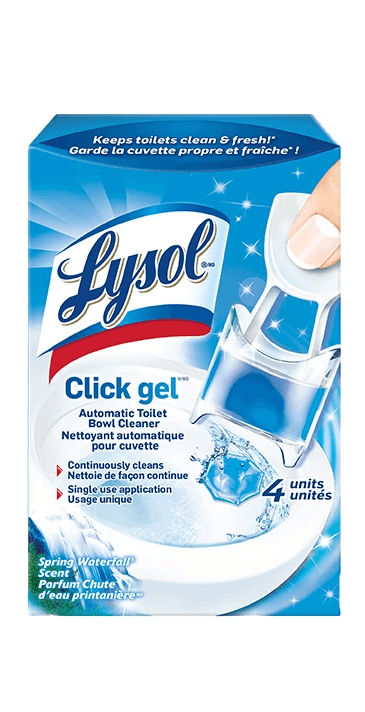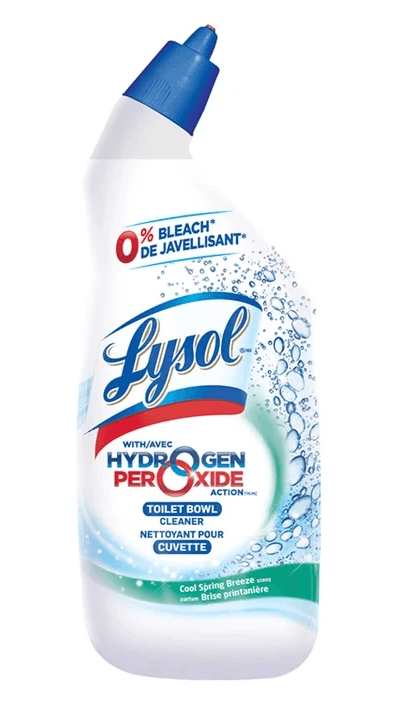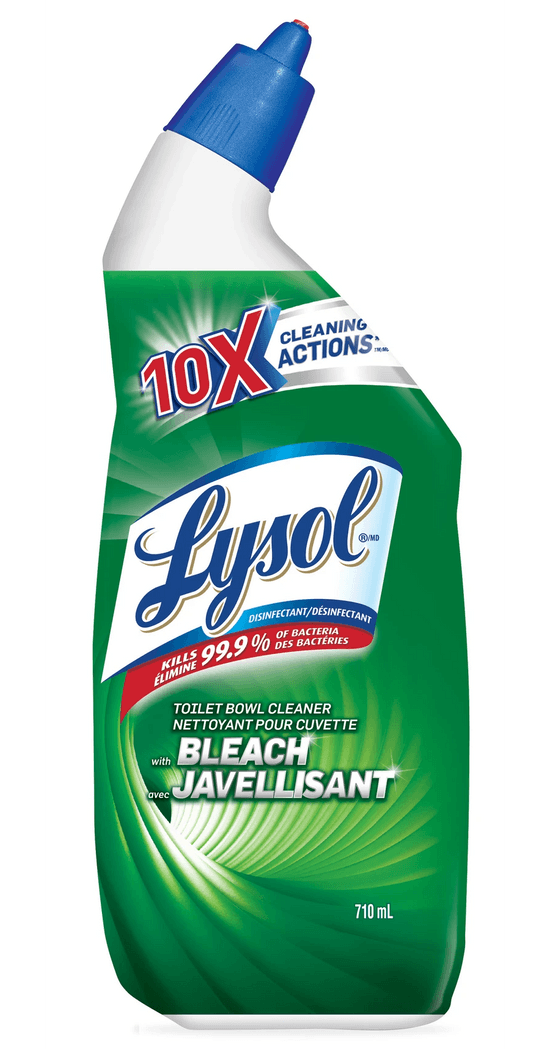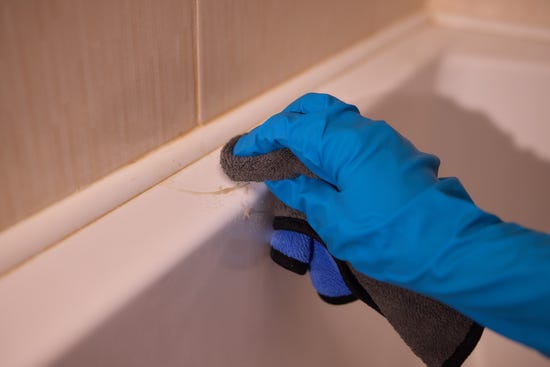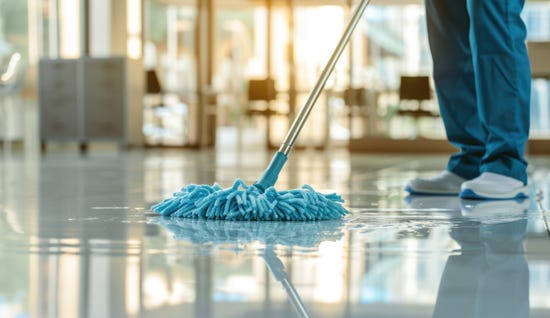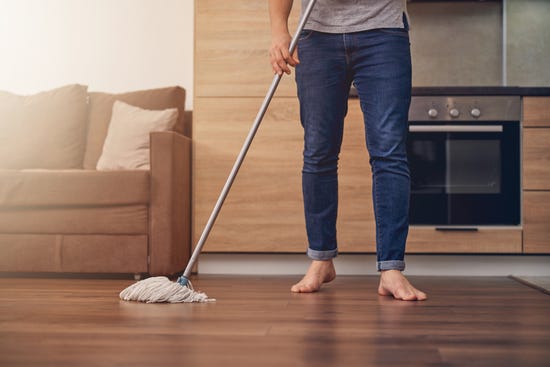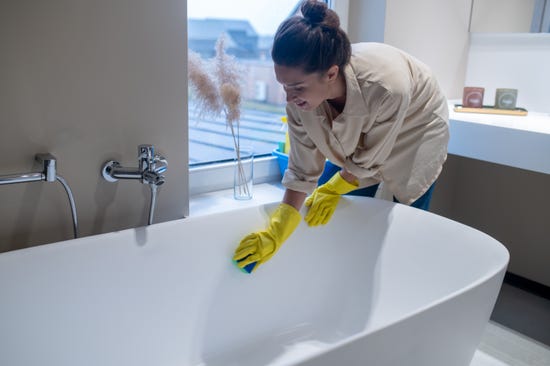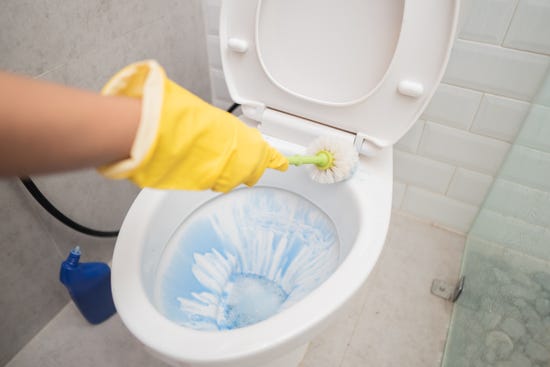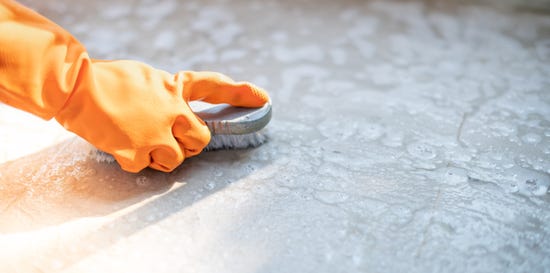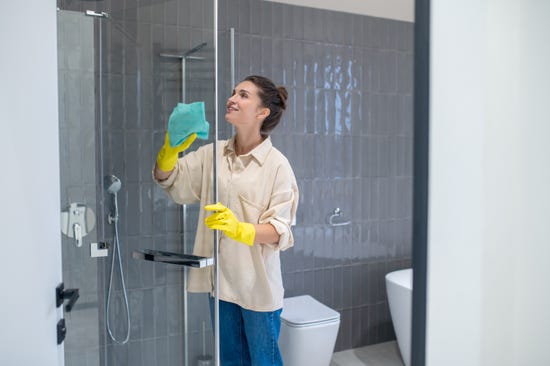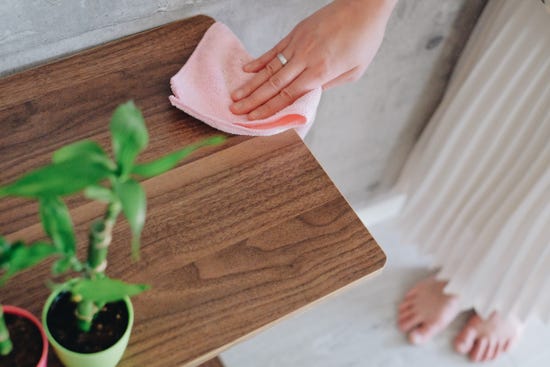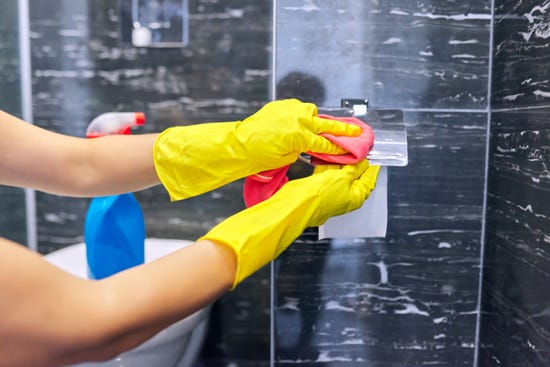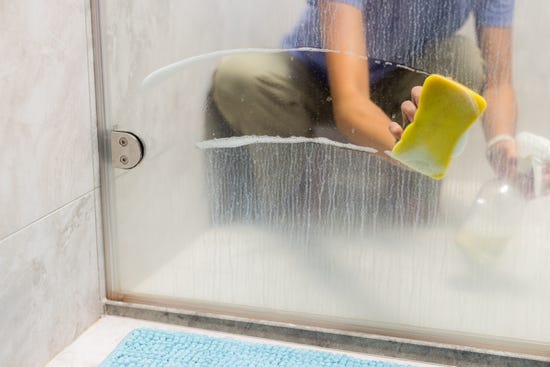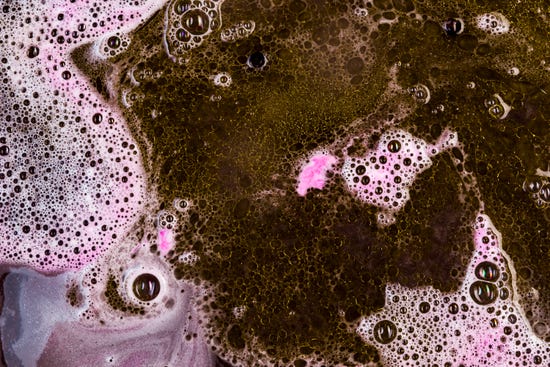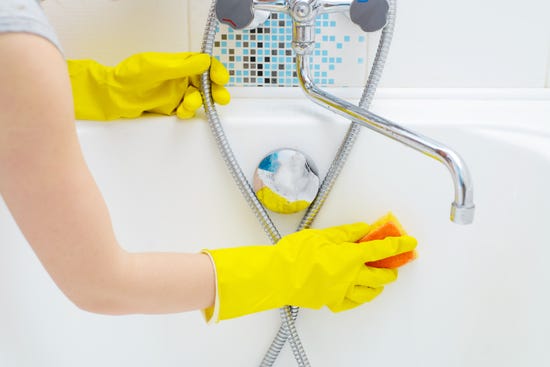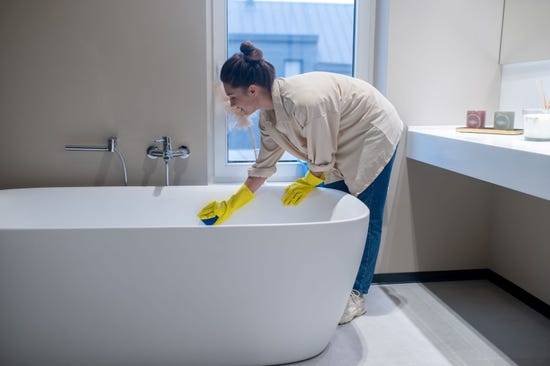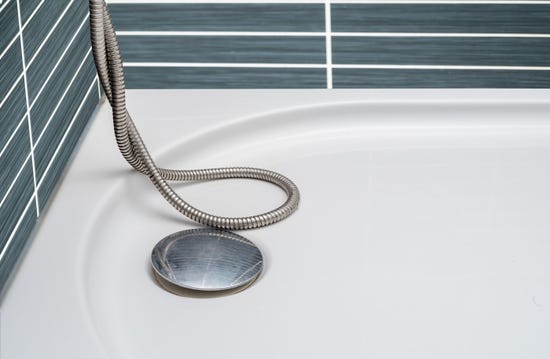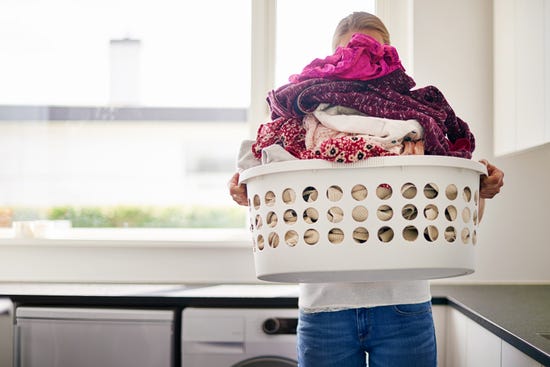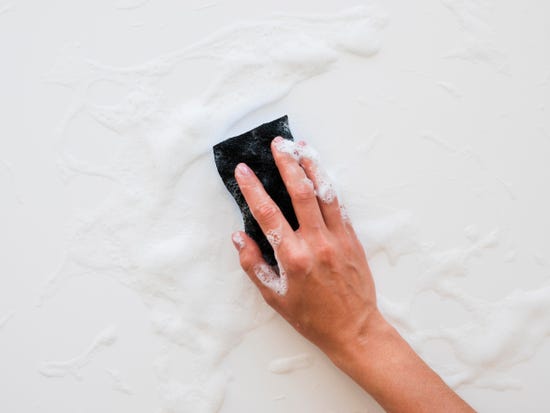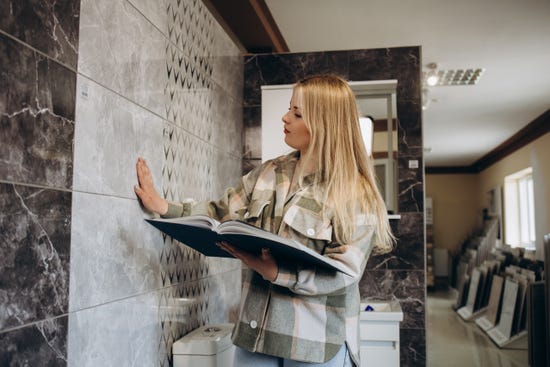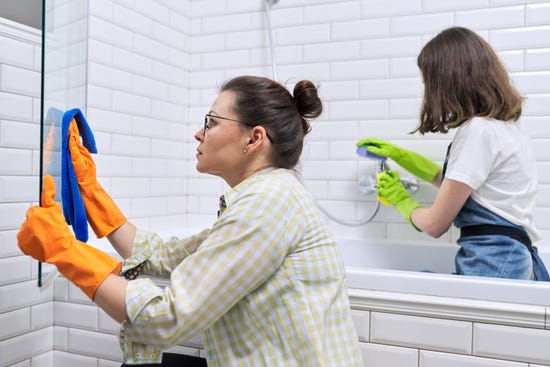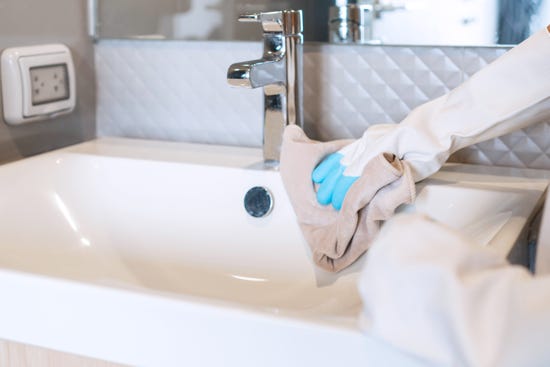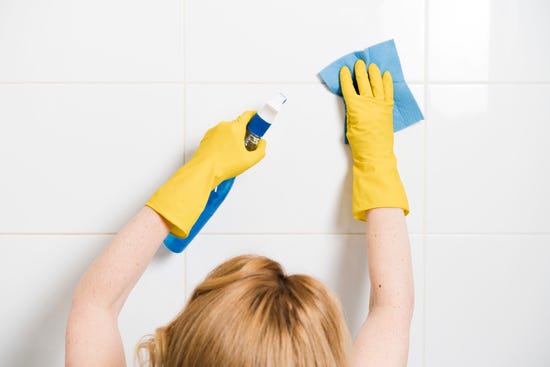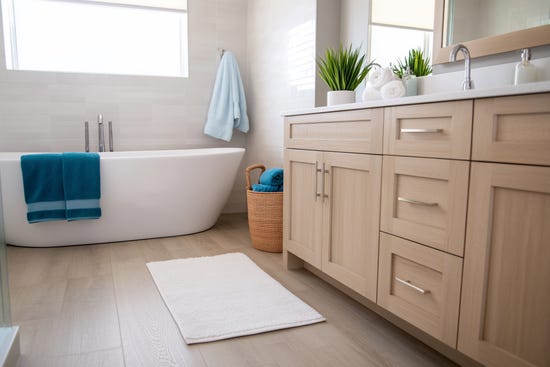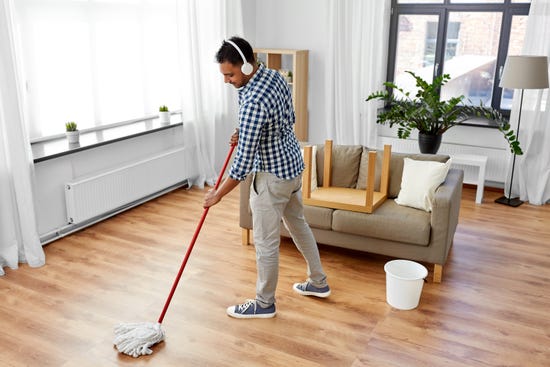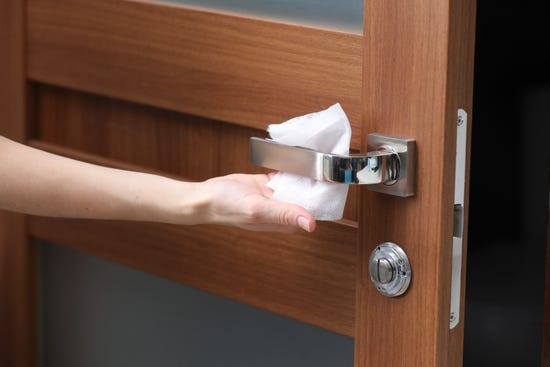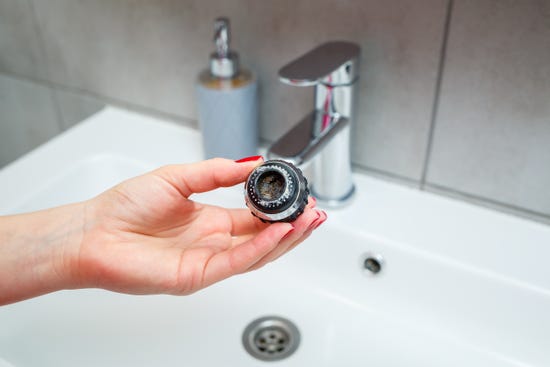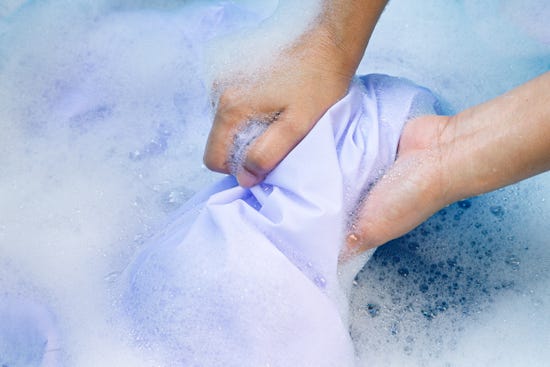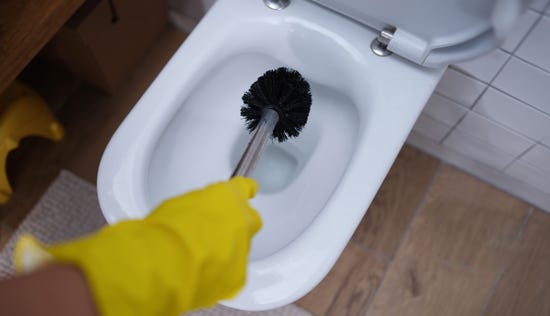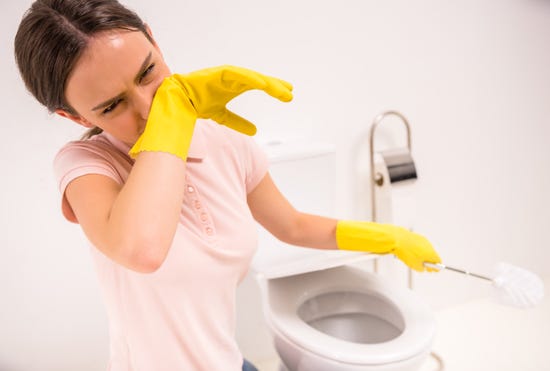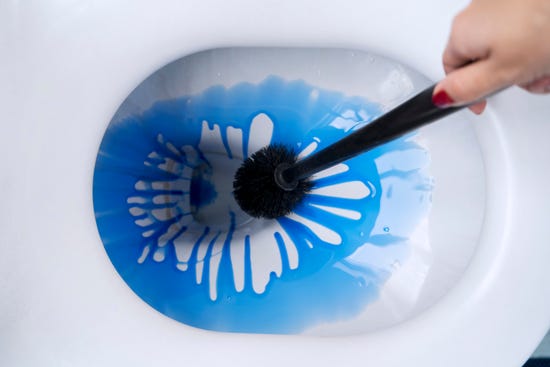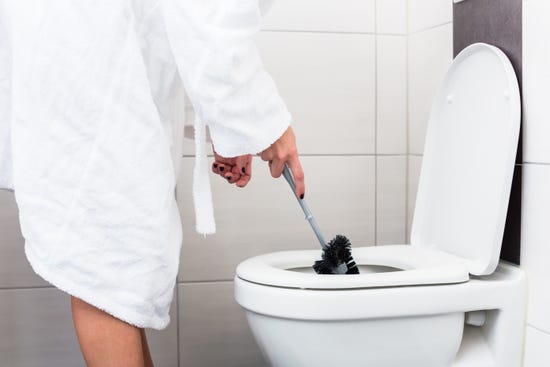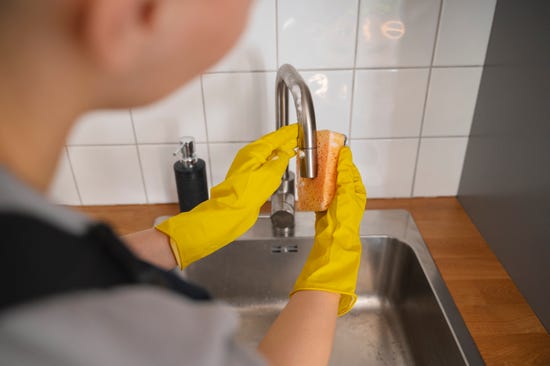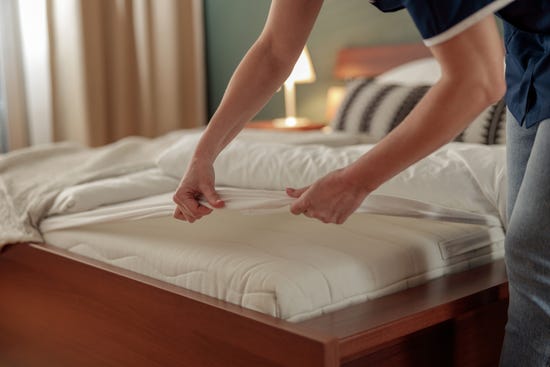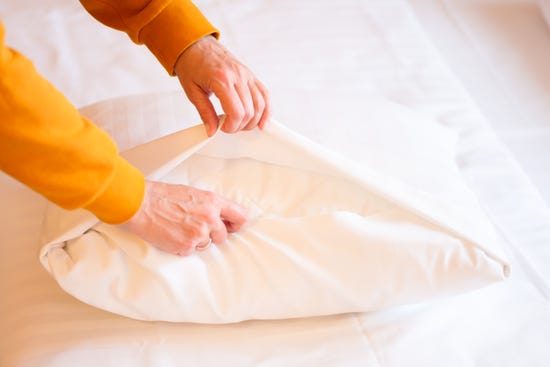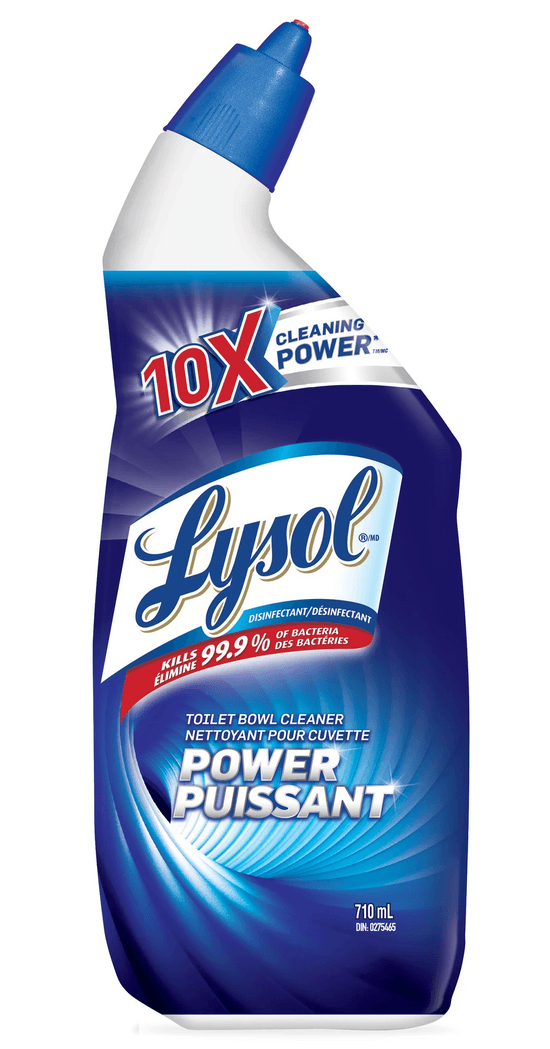
How to Remove Limescale from Toilet Bowl
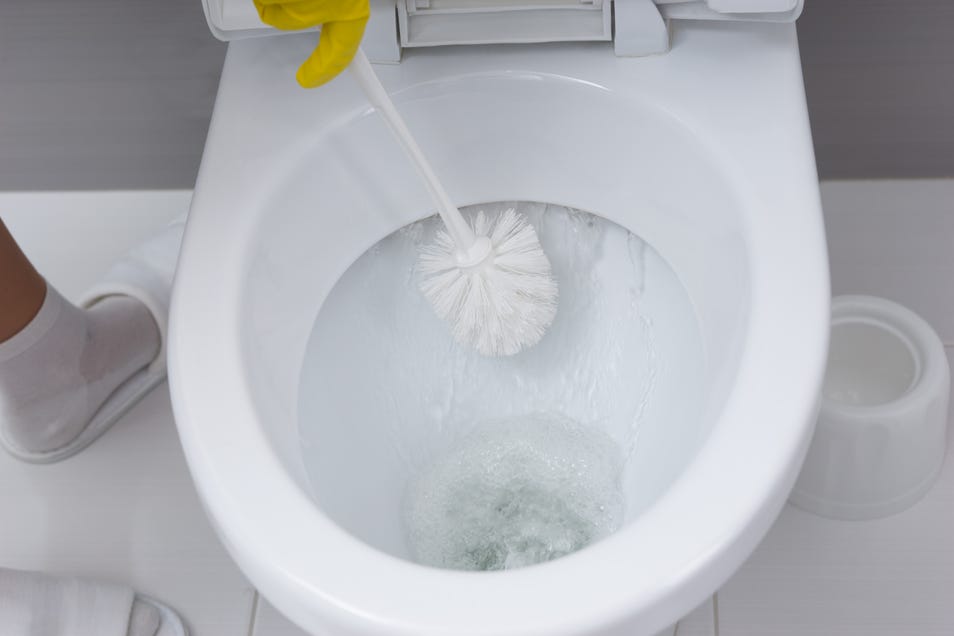
Do you ever lift the toilet lid and spot those chalky deposits clinging to the bowl? That’s limescale—and it’s more than just an eyesore.
These stubborn deposits—often white, pink or reddish-brown—can darken overtime and create an environment where germs can thrive. Simply scrubbing away the stain isn’t enough. For a true deep clean, it’s important to not just clean, but to disinfect.
That’s where Lysol® bathroom cleaners come in. Formulated to power through limescale while killing 99.99% of viruses and bacteria*.
Keep reading to learn more about how to remove limescale from the toilet bowl and leave it looking fresh, and clean!
Limescale explained!
Limescale, primarily composed of insoluble Calcium Carbonate (CaCO3), is a hard, chalky mineral deposit that can build up on bathroom surfaces, especially in toilet bowls.
When hard water with a high mineral content evaporates, calcium builds up on the surface, forming limescale.
Over time, these stubborn deposits can lead to white rings forming at the waterline or staining at the base of the bowl. Additionally, limescale buildup can plug the water jets, resulting in decreased flushing efficiency, blockages, and unpleasant odour.
How to get rid of limescale from the toilet?
In order to remove limescale from the toilet bowl successfully, we recommend two things: the right cleaning technique and a trusted bathroom cleaner, such as Lysol® Toilet Bowl Cleaner - Power.
Here’s how to clean limescale from the toilet bowl.
Step 1: Applying toilet bowl cleaner
Apply Lysol® Toilet Bowl Cleaner - Power on the areas affected by limescale, then allow the cleaning solution to sit for a few minutes.
This will enable the toilet bowl cleaner to penetrate and weaken the limescale grip, making the cleaning process more effortless and delivering impressive results.
The powerful toilet cleaner provides maximum bowl coverage with 10X cleaning power—destroys toilet bowl rings, removes tough hard water stains, rust stains and mineral deposits and even killing 99.9% of viruses and bacteria*.
Step 2: Scrub the toilet bowl
After giving the cleaning solution enough time to work its magic, it's time for some good old-fashioned toilet bowl scrubbing.
Pick up the toilet bowl brush. Start by scrubbing the upper rim and gradually work your way down, covering the sides and base of the bowl.
Apply extra pressure to areas with visible limescale buildup, focusing on the waterline where residue often accumulates.
For hard-to-reach spots under the rim, tilt the brush slightly upward to scrub thoroughly. Continue scrubbing in circular motions until the entire bowl is clean and free of limescale residue.
Step 3: Flush the toilet
Once you feel you have scrubbed all of the limescale away, flush the toilet a couple of times to clear the remaining cleaning solution and mineral deposits.
*When used as directed.
FAQs
Can I use natural methods to remove the limescale?
Yes, you can use natural methods, such as vinegar and lemon juice, to remove limescale from the toilet bowl. However, for the most effective results, use a trusted bathroom cleaner, such as Lysol® Toilet Bowl Cleaner - Power.
Does limescale trap germs in the toilet bowl?
Yes. Limescale’s porous surface can make it easier for germs to cling and multiply. Even if the stains don’t look harmful, they can harbour bacteria and viruses. Try using Lysol® bathroom cleaners to kill 99.99% of viruses and bacteria*.
Will limescale removal damage my toilet?
Limescale removal will not damage your toilet, but only if you use non-abrasive, reliable, and trusted cleaners, such as Lysol® Toilet Bowl Cleaner- Deep Reach and a soft-bristled brush.
How can I prevent limescale from returning?
Here are some useful tips to prevent limescale from returning to the toilet bowl.
- Regularly clean your toilet bowl with trusted bathroom cleaners, which cuts through dirt, dust, soap scum, limescale, and other mineral deposits while killing 99.99% of viruses and bacteria*.
- If you live in an area with hard water, consider installing a water softener. This device uses an exchange process to remove calcium, magnesium, and certain other minerals from the water, resulting in less limescale formation.
